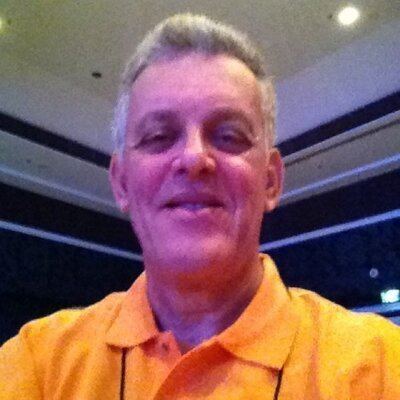Name Emile Clement | ||
 | ||
Died 1928, Hove, United Kingdom | ||
Emile Louis Bruno Clement (1844–1928) was a prominent collector of ethnographic artifacts and natural history specimens from northwest Australia at the end of the nineteenth and early twentieth centuries.
Contents
- Biography
- Museums holding collections of German Bronze Age material acquired from Dr Clement
- Institutions holding collections of natural history material acquired from Dr Clement
- Zoological type specimens collected by Dr Clement
- References

Biography

Emile Clement was born in Muskau, Niederschlesischer, Oberlausitzkreis, Sachsen, Lower Silesia (Prussia) in early 1844—now called Bad Muskau and situated in the Federal State of Saxony on the border with Poland (Polish name: Muskau (Muzaków)). He died at Hove in Sussex on 4 August 1928, aged 84 and was buried in the south aspect of Hove cemetery, near Brighton UK. His wife Emily Elizabeth died two years later and was also buried at Hove cemetery, alongside her beloved husband.
Throughout his life, Dr Clement pursued a variety of occupations, including archaeologist, teacher, naturalist, mining engineer, ethnographer, children's book author, and ethnographic dealer.
During the period 1877 to 1890 Dr Clement undertook a series of archaeological excavations in Silesia, and sold collections of Silesian Bronze Age archaeological material to museums throughout the United Kingdom including the British Museum, the Department of Science and Art museums in Edinburgh, Cardiff and Dublin, the Cambridge University Museum of Archaeology and Ethnology and the Reading Museum.
However Dr Clement's largest contribution to museums was the sale or donation of numerous collections of Western Australian Aboriginal artifacts to museums throughout Britain and Europe. During the period 1896-1928, Clement sold over 1600 Australian Aboriginal artifacts from Western Australia to museums throughout England, Scotland, Ireland, and continental Europe. In many of these museums the Clement material comprises a substantial part of their total holdings of Australian Aboriginal material.
Dr Clement made three trips to Western Australia: 1895; 1896–1898; and 1899-1900. These trips related to his involvement with establishing and later managing a number of gold mines around the Towranna and Roebourne regions. Among these mines were the Towranna Gold Mines of WA Ltd lease at Towranna and leases held by the Lydia Exploration Syndicate on the Lower Nickol field northwest of Roebourne.
Clement's views on the relationship between Aboriginal people and settlers are recorded in an 1899 letter to the St James's Gazette.
A study of the acquisition of different museums holdings of Western Australian Aboriginal objects related to Clement material suggests there were two distinct stages to Dr Clement's involvement. The early collections (1896–1910) were collected by Dr Clement, some probably with the assistance of his son Adolphe Emile Clement. In contrast, the collections acquired by museums during the second stage (1923–1928) seem to be derived from residents from the North-west area of Western Australia, who sent the material to Dr Clement in England, who then sold it to museums.
As well as the ethnographic and archaeological material, Dr Clement contributed substantial quantities of botanical material from Northwest Australia to the Royal Botanic Garden, Kew between 1898 and 1900, as well as to herbariums in Leiden and Berlin. Collections of his zoological material, containing many type specimens, are held in the British Museum (Natural History), Liverpool Museum and the Oxford University Museum.
